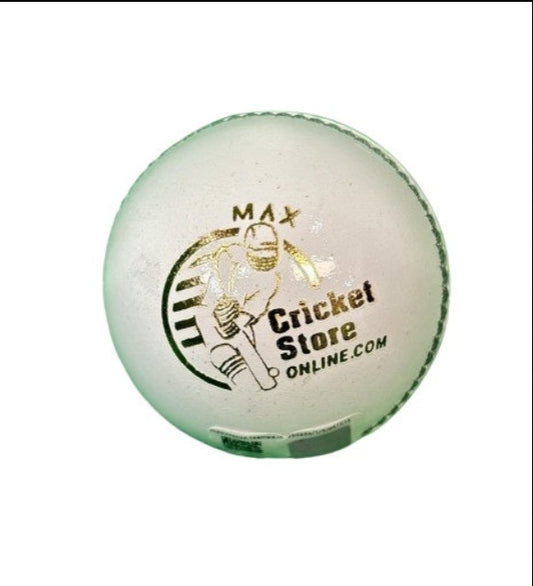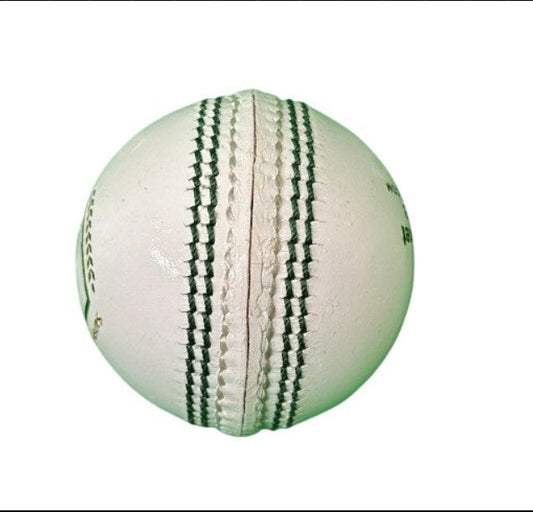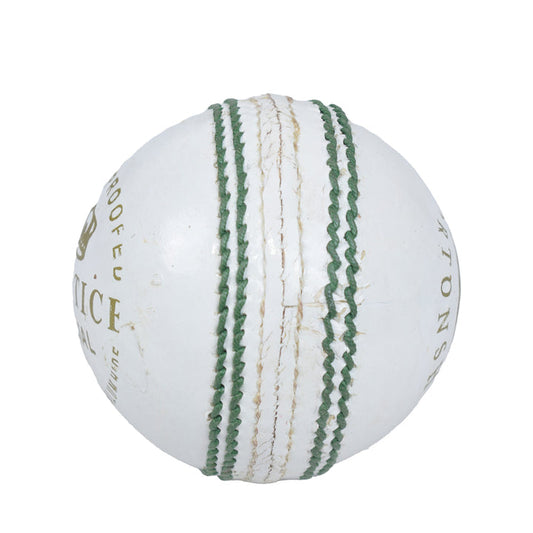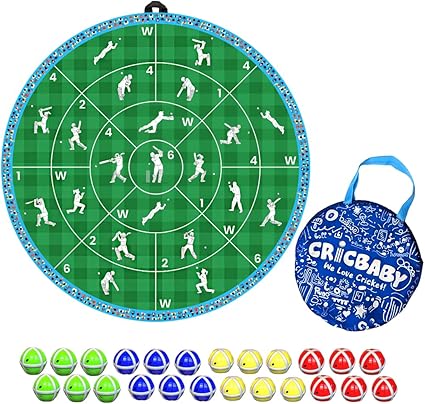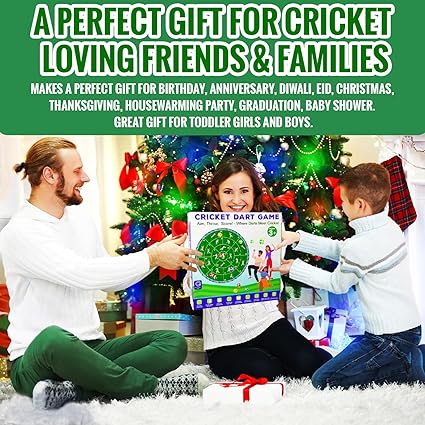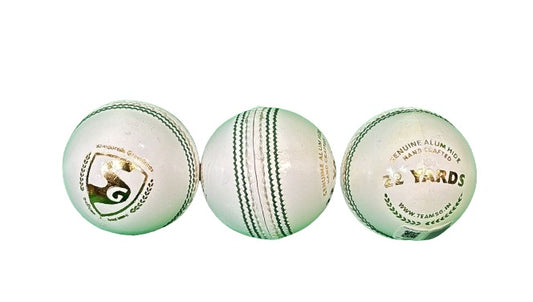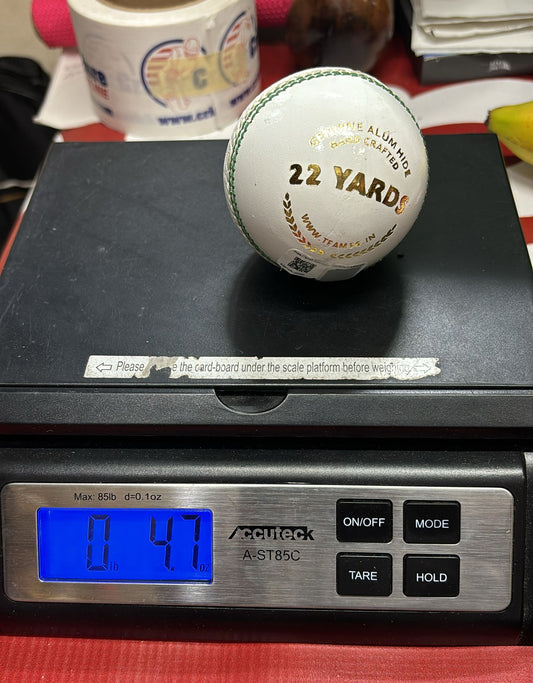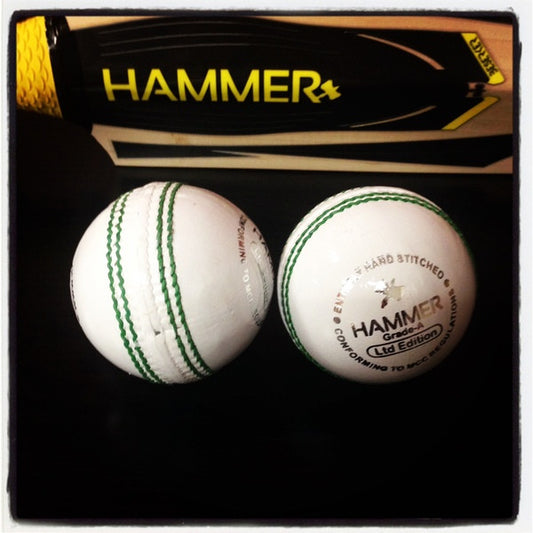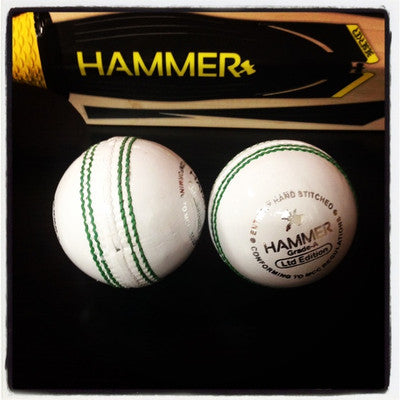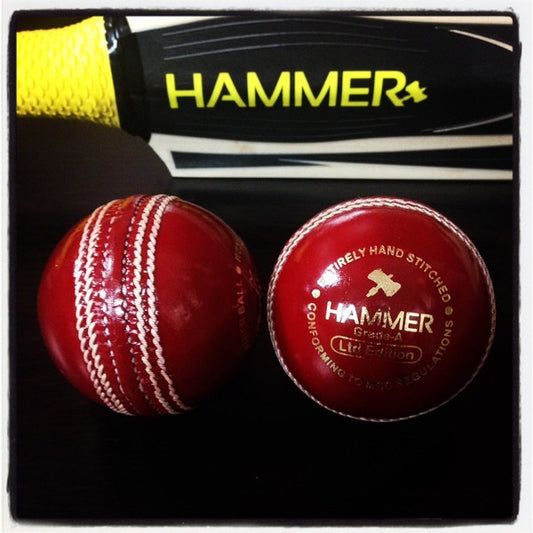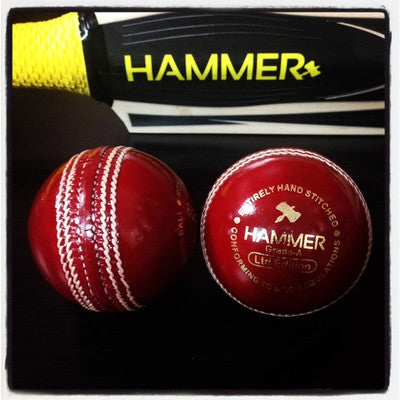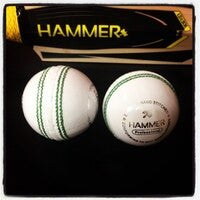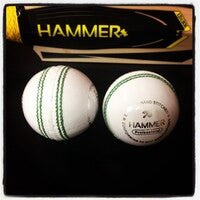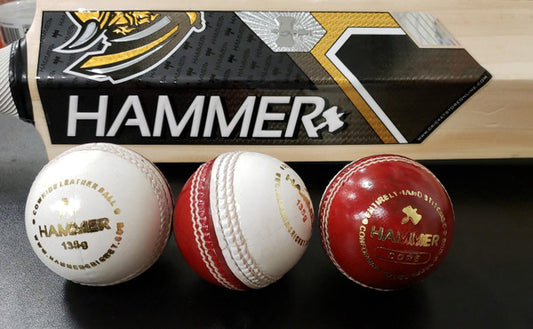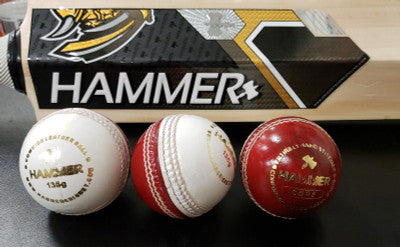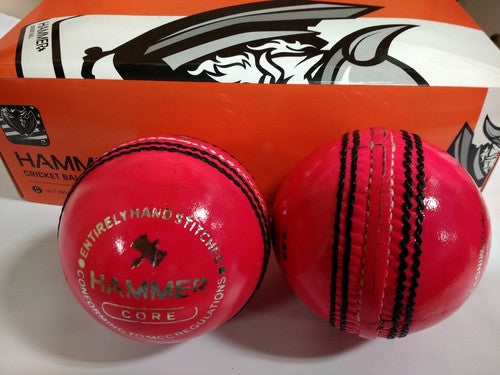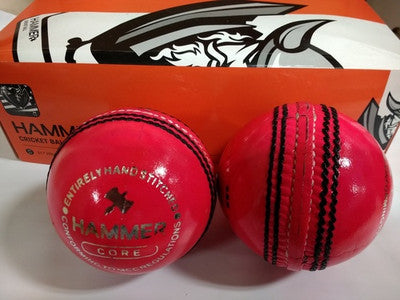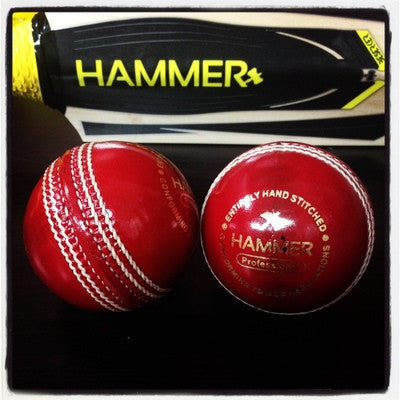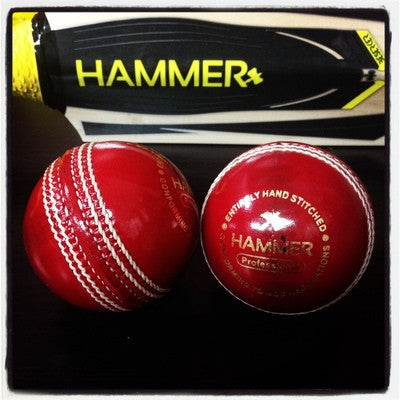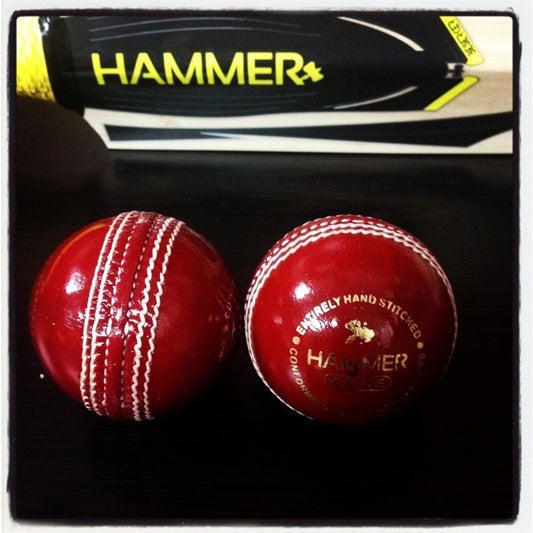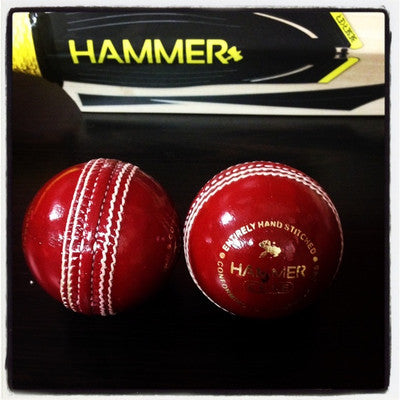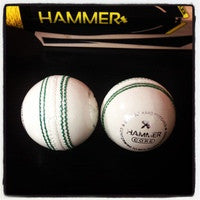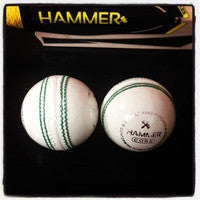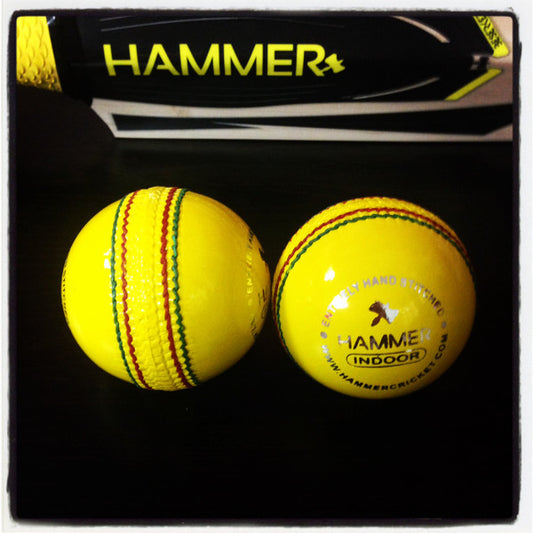Youth Cricket Balls - Safe & Progressive Training Solutions
Finding the right cricket ball for your child shouldn't be a guessing game. We understand that as a parent, you want equipment that keeps your young cricketer safe while helping them develop proper skills and confidence on the pitch.
Our youth cricket balls collection is specially designed to grow with your child, from their very first catch to competitive youth matches. With over two decades of experience serving cricket families, we've carefully selected balls that prioritize safety without compromising on authentic cricket experiences.
This guide will walk you through everything you need to know about choosing the perfect cricket ball for your child's age, skill level, and playing format.
Key Features to Consider
Choosing the right cricket ball for your child involves understanding several important factors that directly impact their safety, skill development, and enjoyment of the game.
Safety vs. Skill Development
The most crucial consideration is balancing safety with authentic cricket experience. Younger children need softer balls that won't cause injury, while older players require balls that behave like regulation cricket balls to develop proper technique.
Ball Progression Stages
- Safety Balls (Ages 3-8): Soft construction with foam cores, perfect for building confidence without fear of injury
- Training Balls (Ages 7-12): Intermediate hardness with authentic bounce and seam movement
- Junior Competition Balls (Ages 11-15): Regulation-style construction in youth-appropriate sizes
Construction Materials
- Foam Core: Safest option for beginners, lightweight and soft
- Plastic/Rubber: Durable training option with consistent bounce
- Leather: Traditional cricket ball feel for competitive play
Size and Weight Considerations
Youth cricket balls are specifically sized for smaller hands and developing strength. Standard adult balls are too heavy and large for most children under 13, potentially leading to poor technique or injury.
Top Youth Cricket Balls
SafePlay Soft Training Ball - Perfect First Cricket Ball
Designed specifically for children taking their first steps in cricket, this soft training ball eliminates the fear factor while providing authentic bounce characteristics.
Key Features:
- Ultra-soft foam construction
- Reduced weight (3.5oz vs. standard 5.5oz)
- Bright colors for enhanced visibility
- Weather-resistant exterior
- Perfect bounce for skill development
Perfect for: Complete beginners, backyard cricket, indoor practice, and children aged 3-8 years.
Junior Pro Training Ball - Skill Development Essential
The ideal stepping stone between soft balls and regulation cricket balls. This training ball replicates the flight, bounce, and seam movement of real cricket balls while maintaining enhanced safety.
Key Features:
- Authentic seam construction for realistic movement
- Controlled hardness for safety and skill development
- Durable plastic construction for extended use
- Traditional weight and size progression
- Suitable for all weather conditions
Perfect for: Skill development, coaching sessions, academy training, and players aged 8-13 years.
Youth Competition Ball - Match-Ready Performance
Regulation-quality construction in youth-appropriate specifications. This leather ball provides authentic cricket experience while being sized and weighted for young players.
Key Features:
- Premium leather construction
- Traditional cork core for authentic feel
- Reduced weight (4.8oz) for youth players
- Professional-grade stitching and seams
- Available in red, white, and pink
Perfect for: Competitive youth cricket, match play, and serious young cricketers aged 11-15 years.
Choosing the Right Ball for Your Child
Selecting the appropriate cricket ball depends on your child's age, experience level, and the type of cricket they're playing:
| Age Group | Ball Type | Key Features | Primary Use |
|---|---|---|---|
| 3–6 years | Safety / Soft Ball | Foam core, lightweight (3.5 oz) | Introductory cricket, safe catching |
| 7–10 years | Training Ball | Plastic shell, 4.2 oz | Skill drills, basic technique |
| 11–13 years | Junior Competition Ball | Leather, reduced weight (4.8 oz) | Match play and league cricket |
| 14+ years | Standard Senior Ball | Full regulation specs (5.5 oz) | High school and club-level matches |
Skill Level Matching
- Complete Beginners: Start with soft training balls to build confidence and basic skills
- Developing Players: Progress to training balls that offer realistic cricket behavior with enhanced safety
- Competitive Youth: Use junior competition balls for authentic match experience
Format Considerations
- Practice Sessions: Training balls or used competition balls work perfectly
- Traditional Cricket: Red balls for longer format games
- Limited-Overs Cricket: White balls for shorter formats
- Evening Games: Pink balls for visibility under lights
Safety Progression Tips
Never rush the progression to harder balls. Your child should be comfortable catching and throwing their current ball type before moving to the next level. Watch for signs they're ready: confident catching, proper throwing technique, and asking for "real" cricket balls.
Care and Maintenance
Proper care of cricket balls ensures they last longer and maintain their performance characteristics:
Storage and Care
- Store in a cool, dry place away from direct sunlight
- Keep different ball types separate
- Avoid throwing balls on concrete or rough surfaces
- Wipe leather balls with slightly damp cloth after use
- Check training balls for cracks or damage before each use
When to Replace
- Safety balls: When foam becomes compressed or exterior shows wear
- Training balls: When cracks appear or bounce becomes inconsistent
- Competition balls: When seam damage affects performance or safety
Parent Q&A
What type of ball should I buy for my 8-year-old who's just starting cricket? For an 8-year-old beginner, start with a training ball that has intermediate hardness. Look for balls specifically labeled as "junior training" or "soft training" balls. Avoid jumping straight to leather balls - the progression through different ball types is important for safety and skill development.
How do I know when my child is ready to move from soft balls to harder ones? Watch for these signs: they catch soft balls confidently without flinching, they're asking to use "real" cricket balls, and their technique looks solid. Generally, this progression happens around ages 9-11, but every child develops differently.
Are expensive leather balls necessary for youth cricket? Not initially. For beginners and recreational players, quality training balls provide excellent value. Leather balls become important when your child joins competitive teams or plays in organized leagues where regulation balls are required.
What's the difference between red, white, and pink cricket balls for youth? The construction is nearly identical - the main difference is visibility. Red balls are traditional for daylight play, white balls work better under artificial lights, and pink balls are designed for day-night games. For most youth cricket, red balls are the standard choice.
My child is afraid of the ball - what should I do? This is completely normal! Start with the softest training balls available and focus on fun, non-threatening activities. Try rolling the ball along the ground first, then gentle underarm tosses. Most children overcome ball fear with patience and the right progression.
Get Started Today
For the past two decades Cricket Store Online has been serving cricketers in North America and all over the world. Our experts know exactly how to serve you. We are the certified distribution partners of major cricket brands and only sell original products.
If you are looking to buy a set of youth cricket balls for your academy or kid, give us the opportunity to guide you!
You can also call our experts at CricketStoreOnline or visit our expert blog on cricket to get more insights on cricket equipment!

